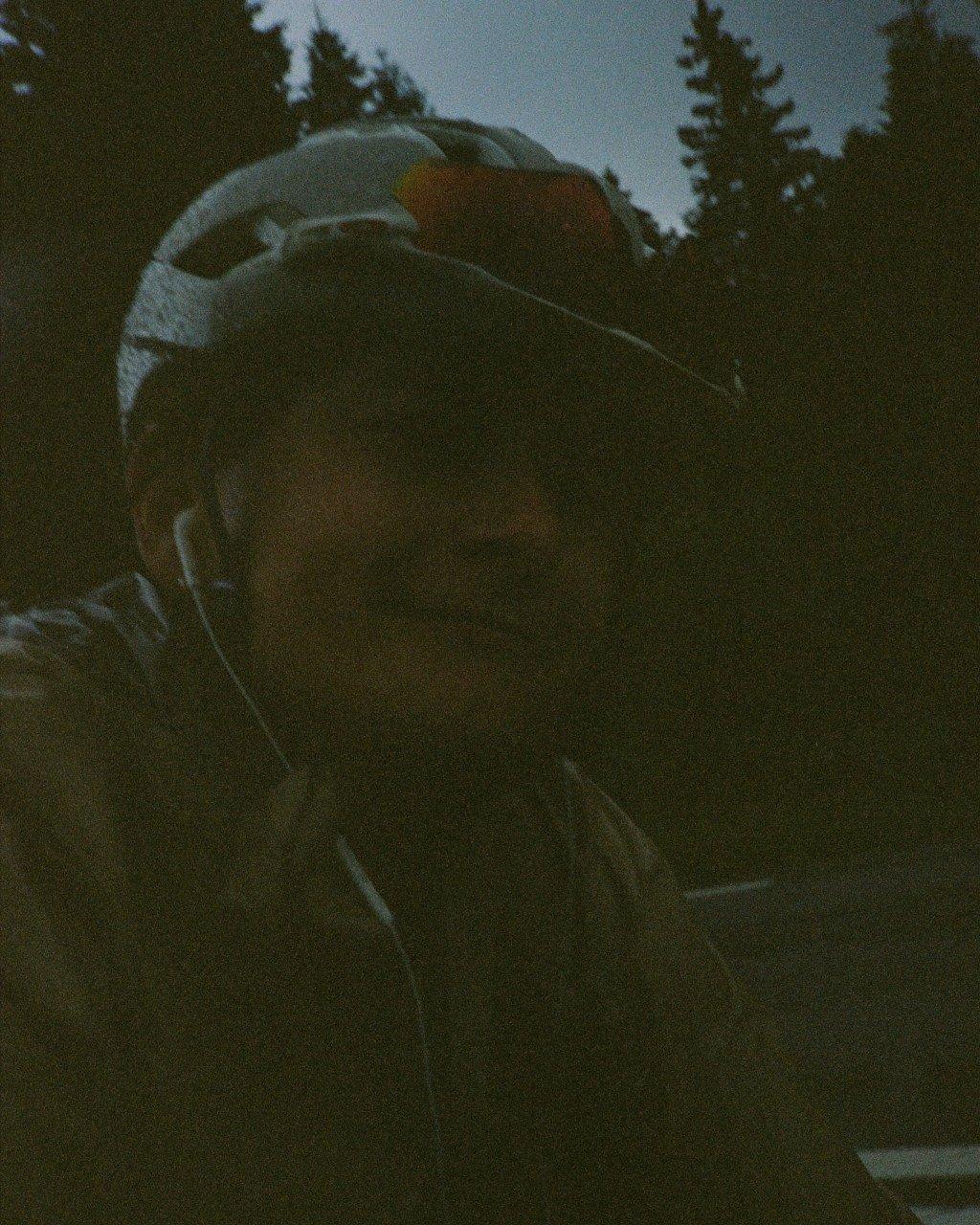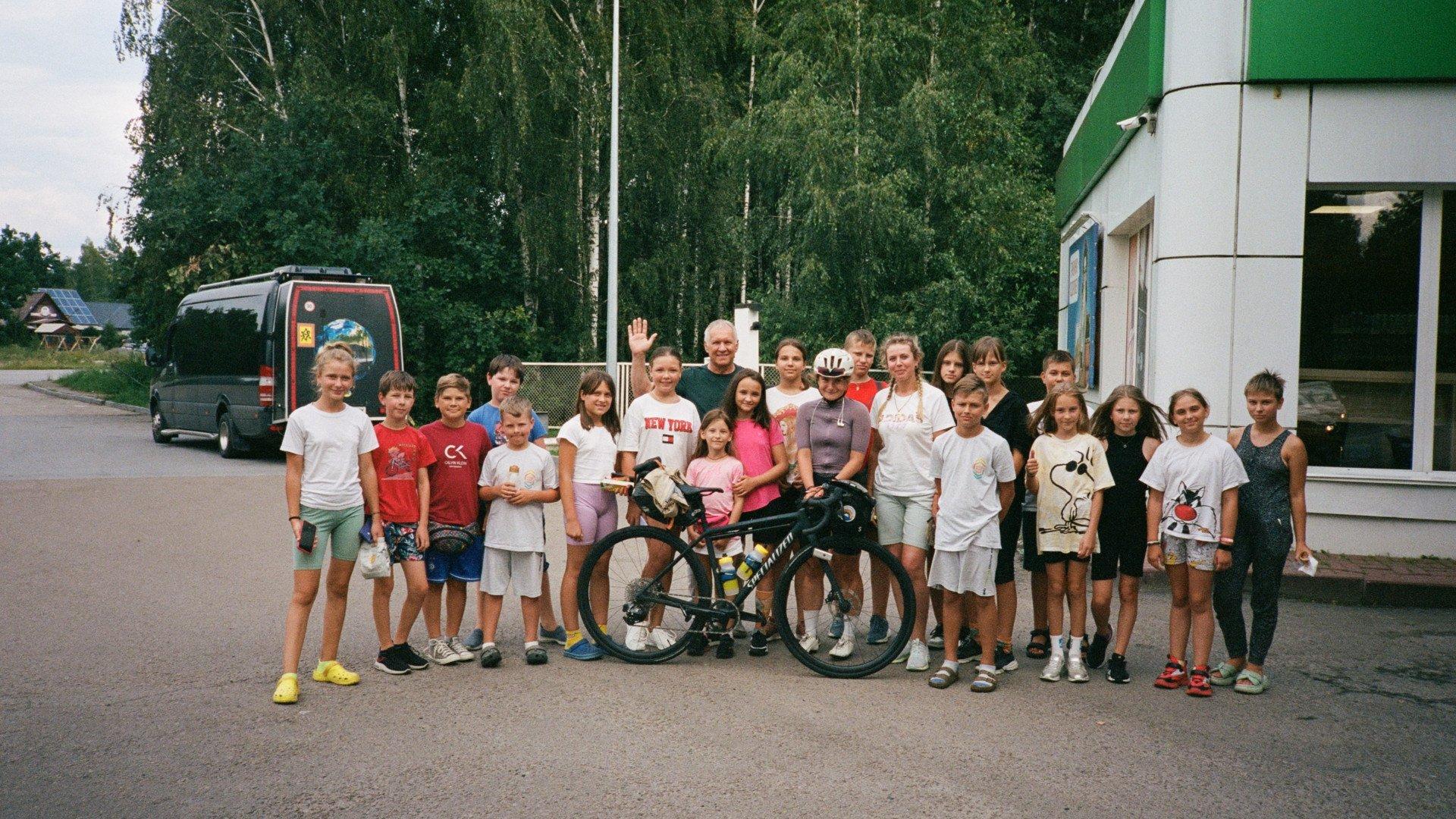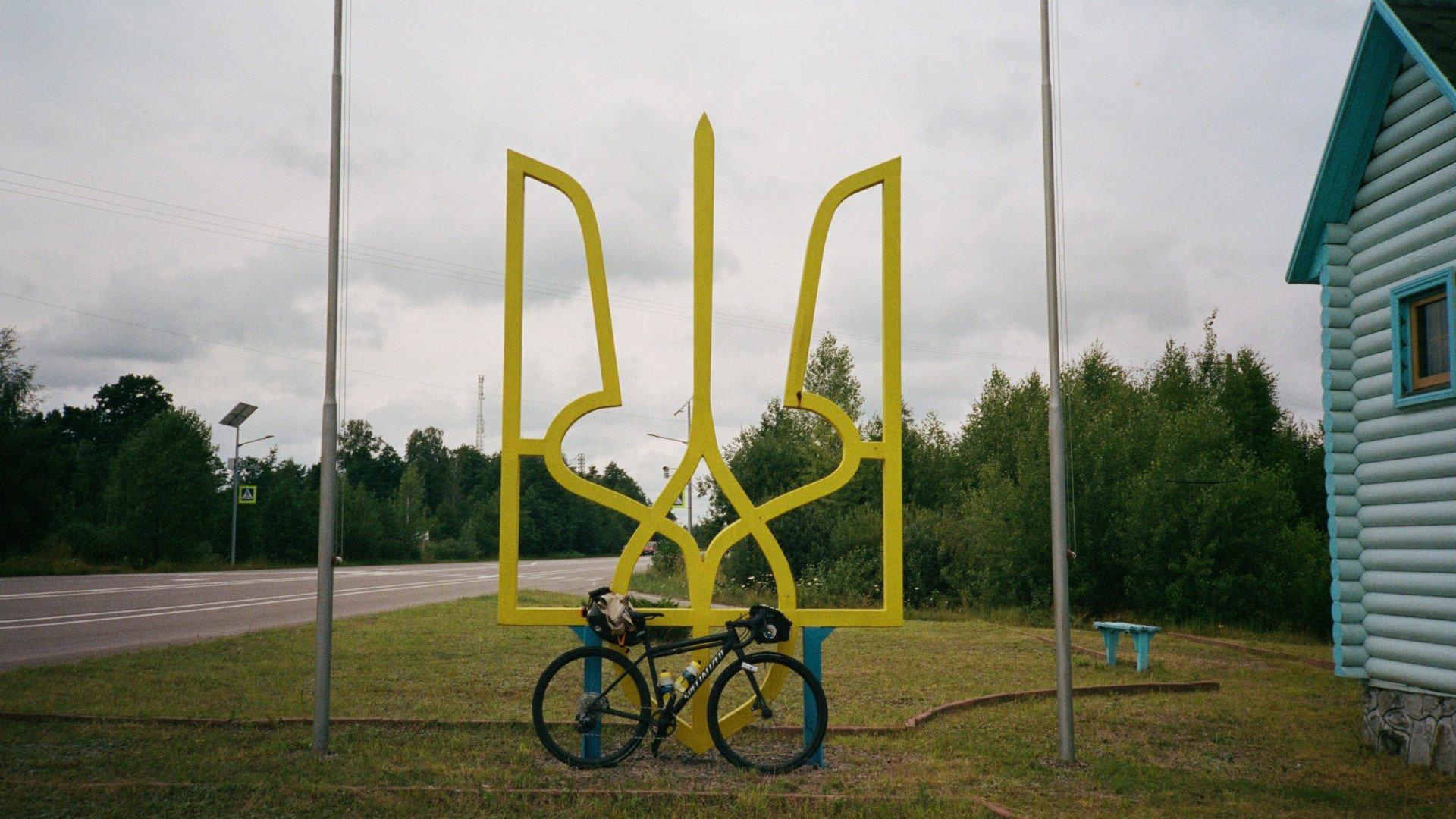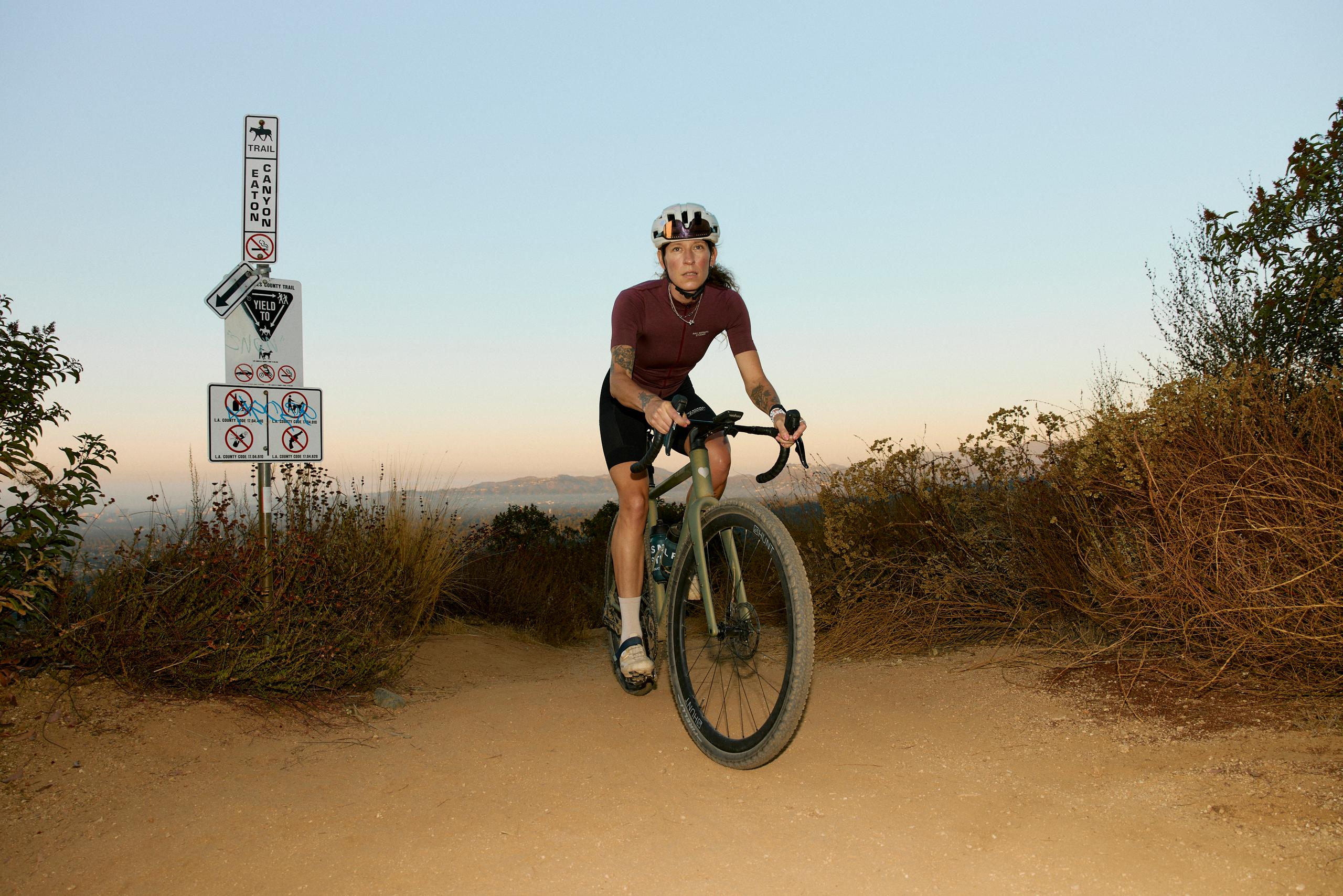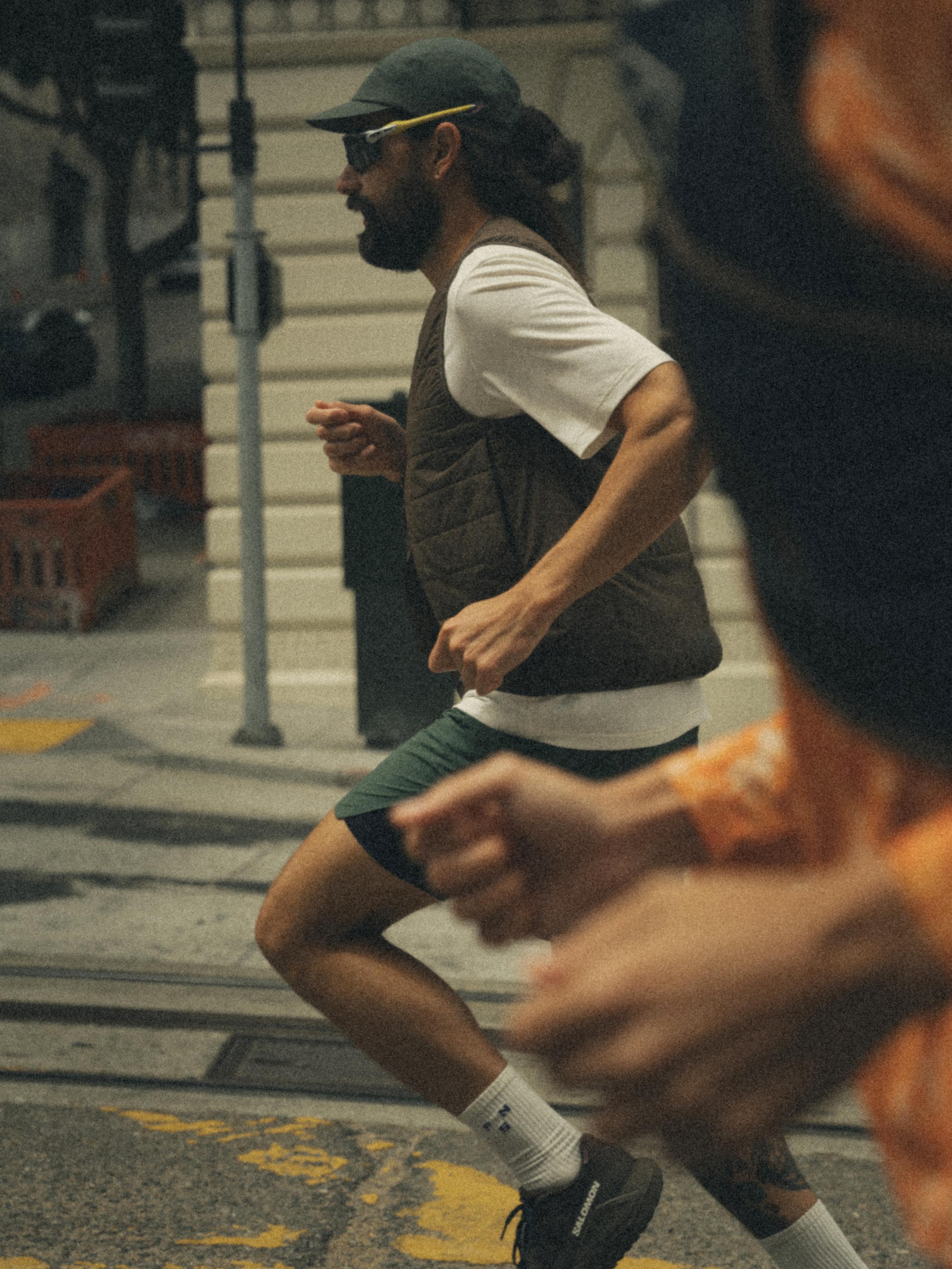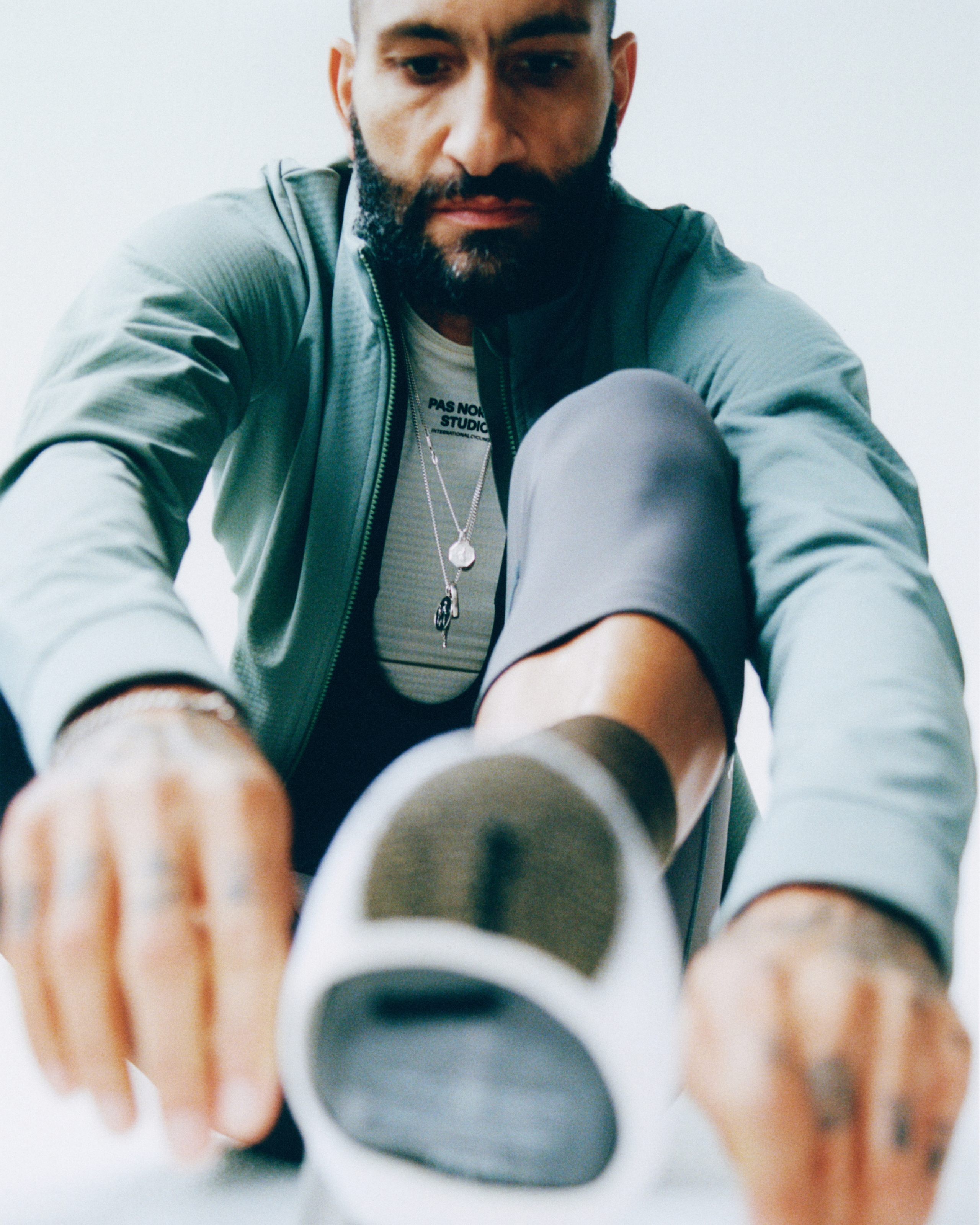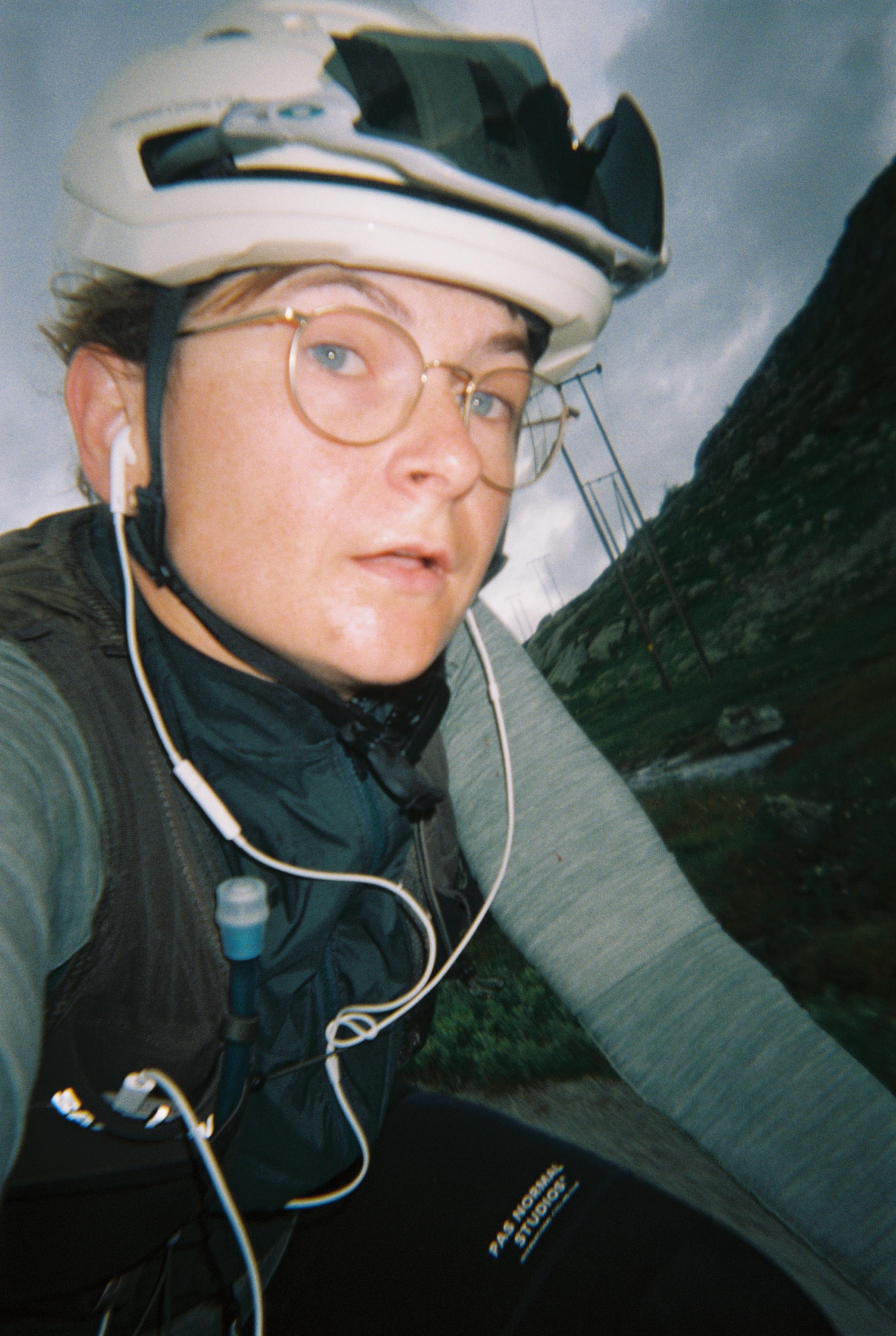10 Things I learned riding from Oslo to Kyiv
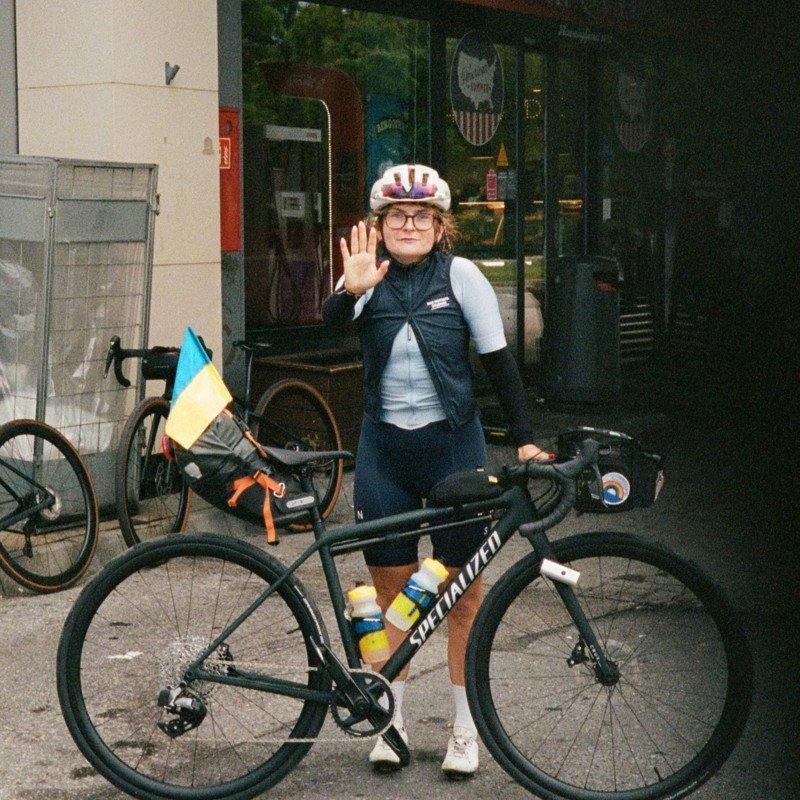
My name is Steff, I am a 29-year-old Ukrainian, who lives in Norway. I spent the last 5 months of my life crying and volunteering, volunteering and crying. But at a certain point, my resources were gone. I was sitting in my flat in Oslo, slowly falling into despair and depression, feeling like I was not doing enough to support my country and my people.
My trip to Ukraine this summer was already planned, but when I got the news that my best friend and his battalion were being relocated to the frontlines I figured that I needed to do something. And that it had to be big. For my people. And for me. That is how the idea of using my planned ride as a fundraiser for a charity that helps rebuild Ukrainian homes destroyed in the war. I was going to go home, I was going to go by my bike, clear my mind, and I was going to collect money to help those in need.
Here is a list of 10 thoughts and things I learned on the journey this summer.
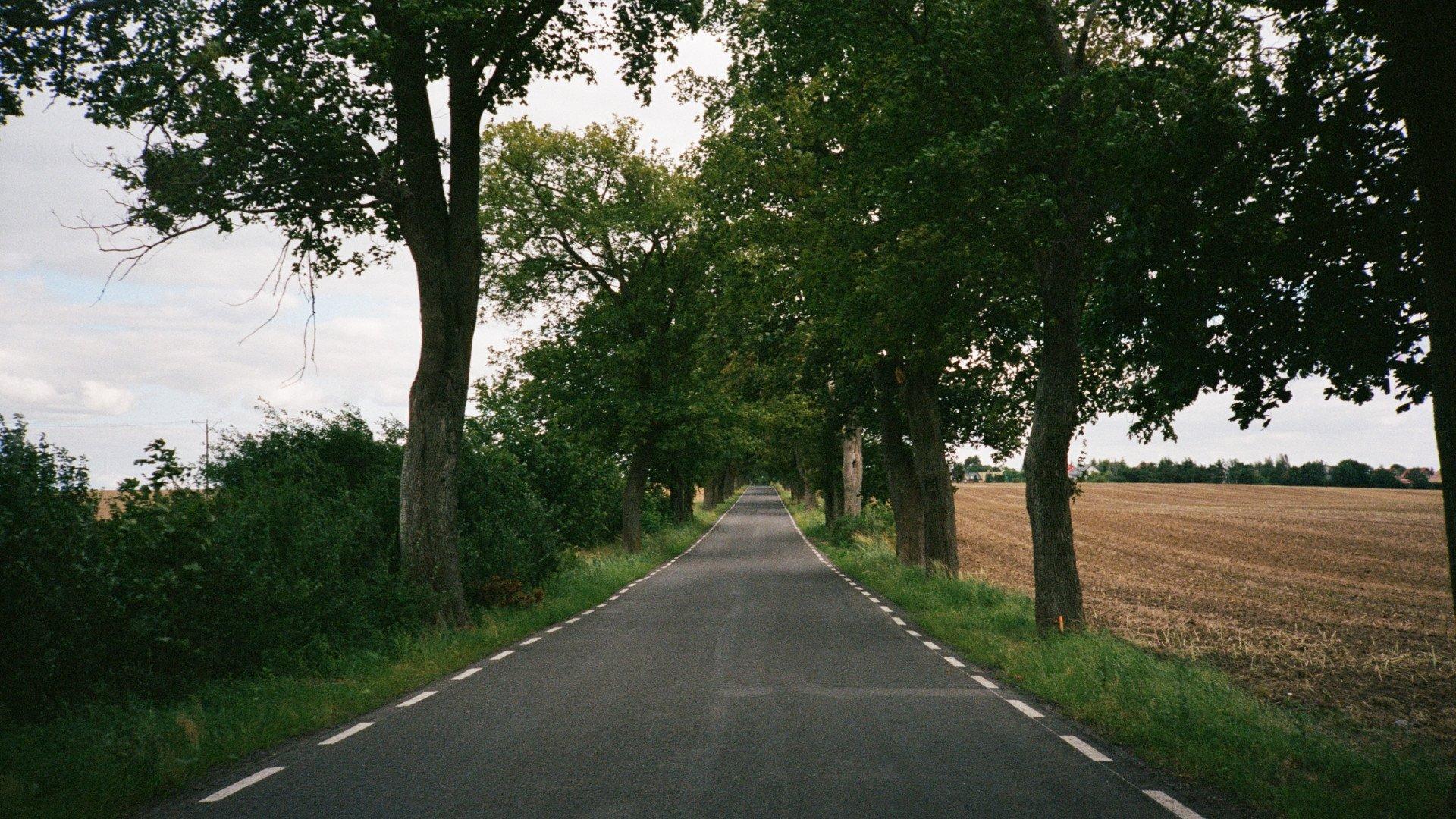
1. Camper vans and bikes
If a camper van has bikes on the bike rack, in no way does it mean that he won’t pass you within 1cm. Not all cyclists are good at overtaking other cyclists when driving.
2. Fuelling
One of the hardest things is to make yourself eat all day long. I love food, but I had no idea that I am going to hate it so much. Pushing down calories so you would keep pedalling is not an easy thing to do. But, trust me, you do not want to know what happens if you ain’t got enough calories in. Long-distance bonks are the worst kind of bonks.
3. More animals than humans
Rural Sweden and Poland, are very agricultural and you do end up meeting more animals, than humans on your way. And to be fair when the only people you talk to are gas station workers, one could find her/himself mooing to the cows. Not sure if it was fatigue or loneliness, but when cows mooed back, it made me the happiest person in the 100km radius! (Not that there were too many others)
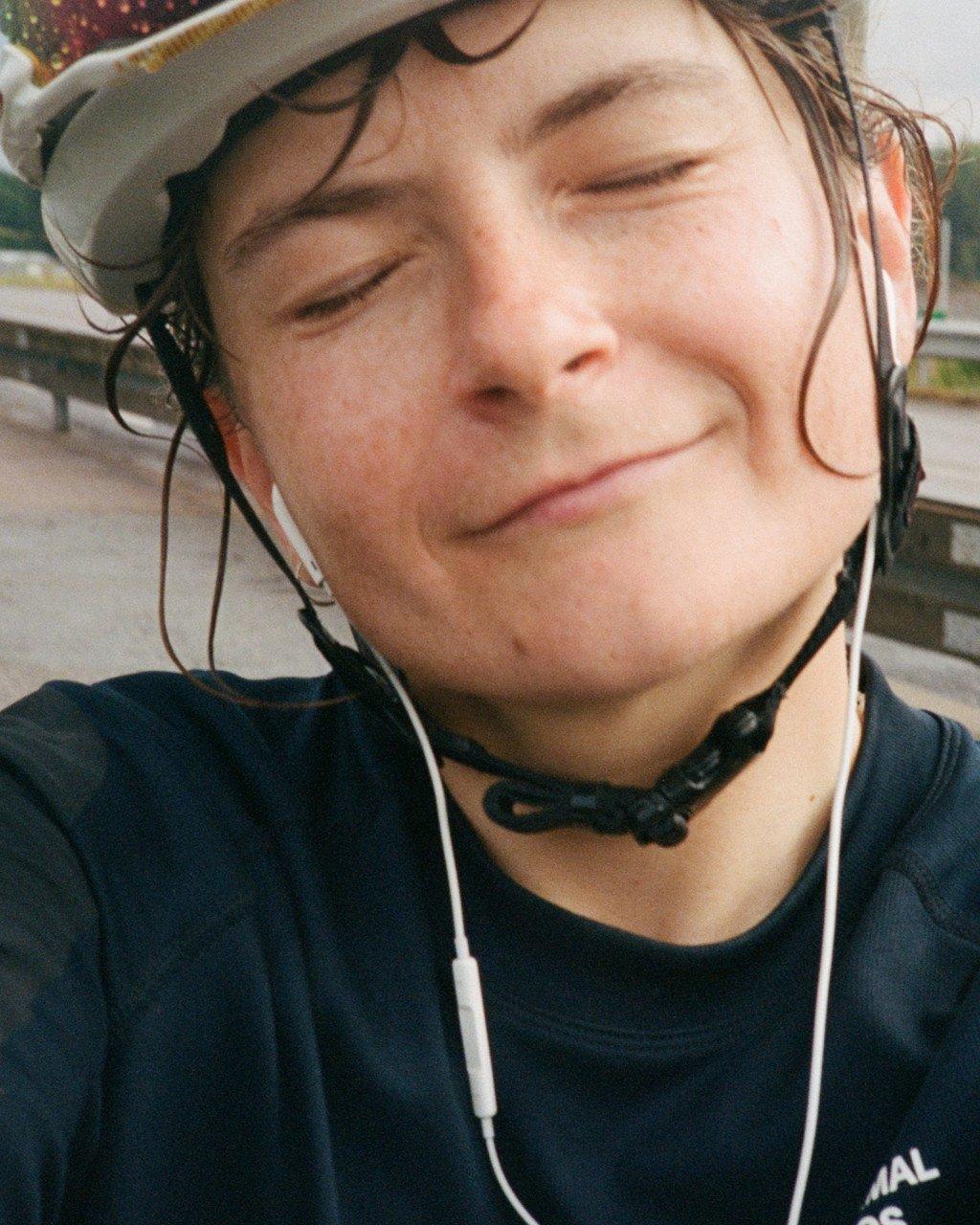
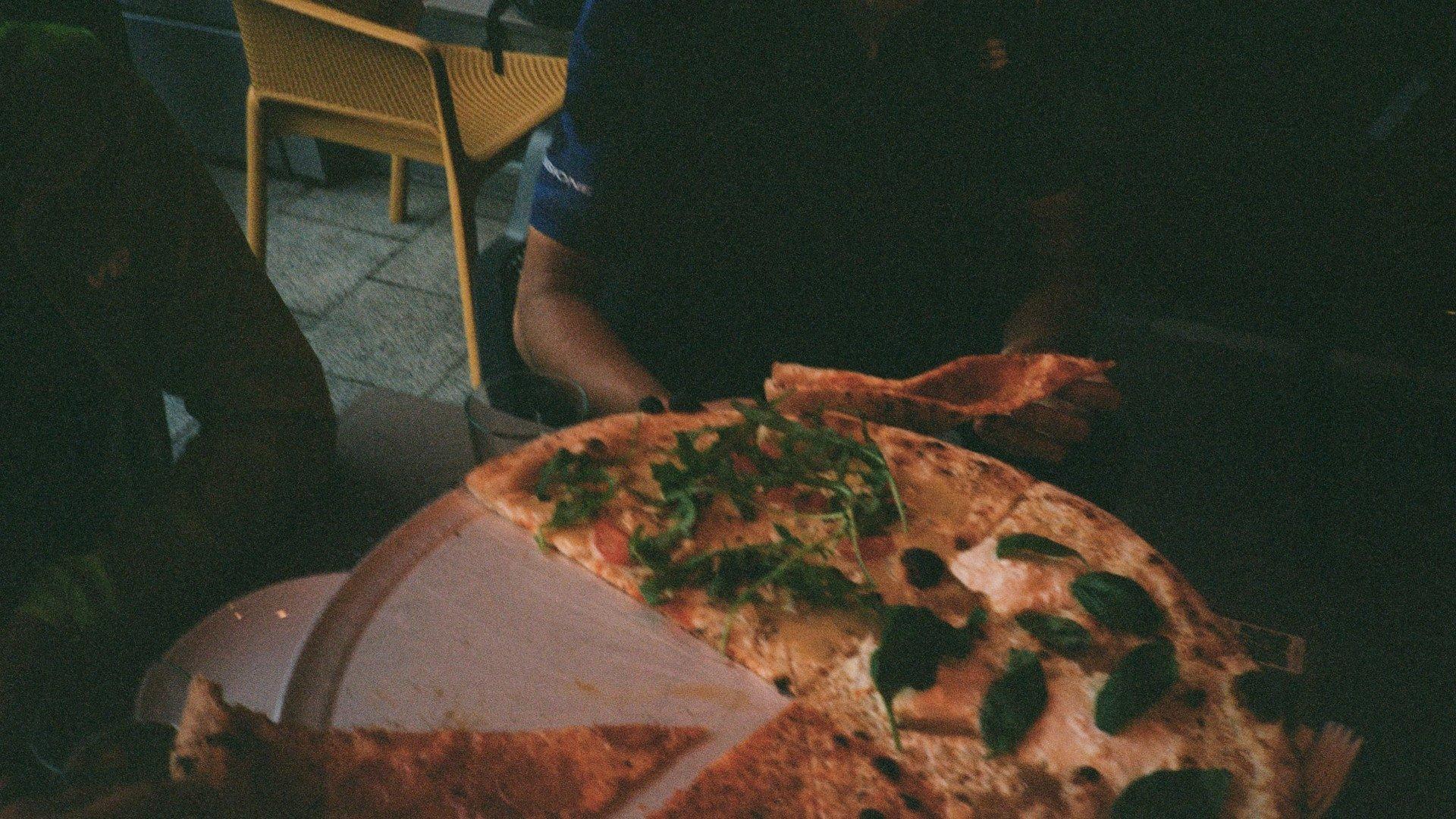
4. Zinc, zinc, zinc
Saddle sores are real. And just like all the worst and best things in the world, they come in many different shapes and sizes. After thousands of saddlesore-free kilometres I thought that somehow I was immune to this cyclist’s curse, little did I know. After countless hours in wet bibs, no chamois cream could save me. Note for future self, zinc baby cream and double bibs, when it’s really bad, are the only working remedies.
5. Guilty pleasures
Bad music and bad weather go hand in hand. I am not saying that some modern techno or conceptual folk won’t do this trick for you, all I am saying is that seems like Nickelback and Britney have their way of making you sing your lungs out when you have been riding for 5 hours under nonstop rain and you have 5 more to go. Got a long unavoidable miserable ride ahead? Maybe it’s time to dig out those old “Guilty pleasures” playlists. Ain’t no shaming in loving country, am I right?
6. Never say never
There is a famous saying that goes something like “never say never”. Well, I used to be that spoiled girl living in Barcelona, who always said that she would never ride in rain and strong wind. Life works in mysterious ways, and my cockiness was rewarded properly. 8/10 days it rained on me, 7/10 I had to ride in a block headwind. I learned my lesson, I am way more humble now and I will NEVER be angry with the gods of cycling weather again


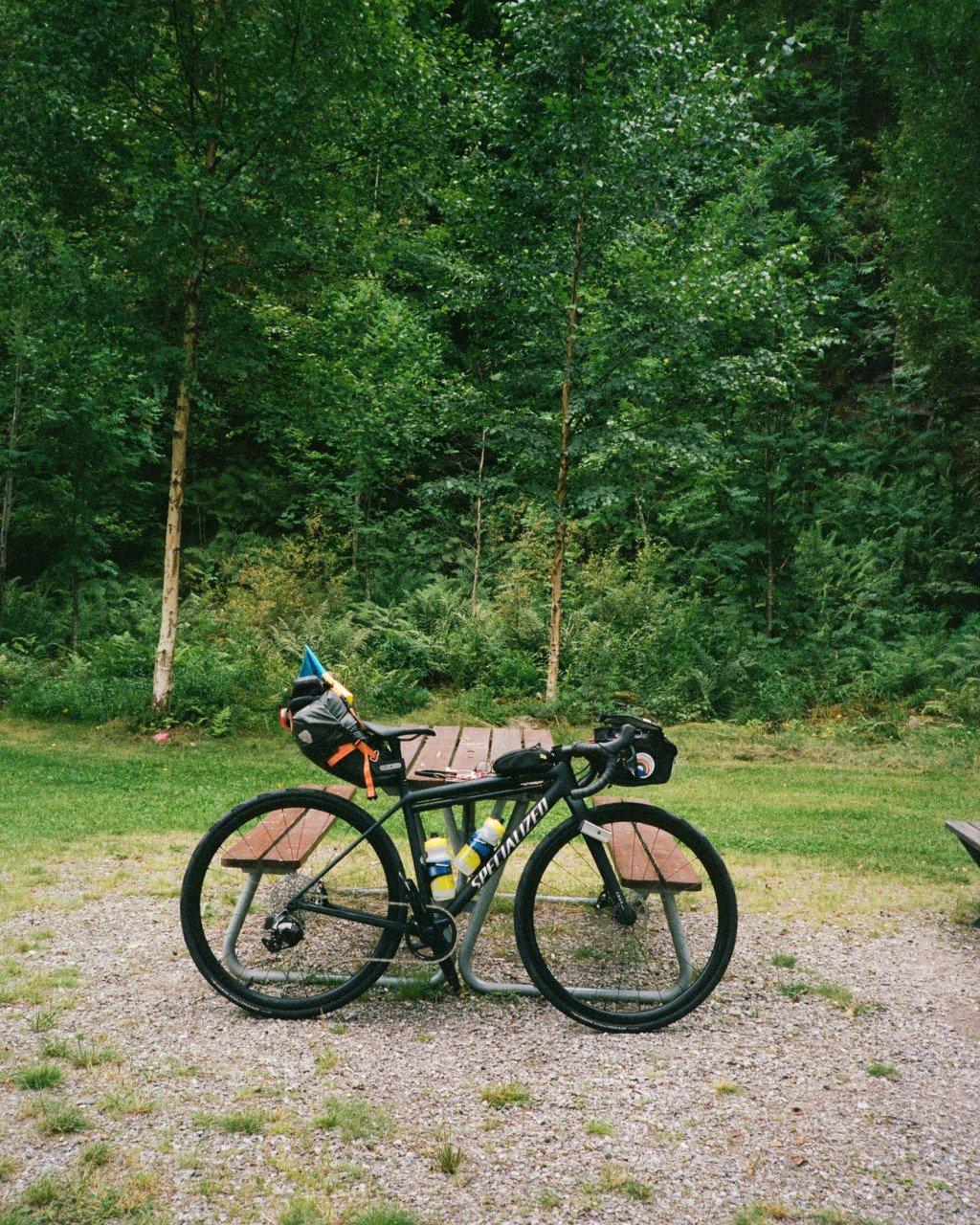
7. Could have saved 200 gram
Important lesson number 7, do not romanticise long-distance cycling too much. During my preparations I packed and unpacked multiple times, trying to figure out the most lightweight and efficient setup. Smart, right? I also bought a fancy expensive Japanese paper notebook where I would write down my thoughts and impressions from each day. Well, not so smart, taking into account that it rained all the time, my notebook turned into a pile of wet toilet paper and I was so tired every day, that my thoughts fixated only on food, water, and sleep. Could have had 200gr less to carry.
8. Keeping quiet
I am a very social person and I was pretty worried that spending 10 days in relative solitude would affect me. To be fair I was not sure if I could even be quiet for such long periods. Surprisingly enough concentrating only on the pedal strokes, putting food and water inside my body, and listening to music or podcasts, helped me clear my mind and calm down. It was nice to not think about the war for a bit, even though the whole project was war-related. Solitude was healing. Even though towards the end, I did start initiating awkward conversations with random people I met at gas stations. So one should apply solitude in small dozes.
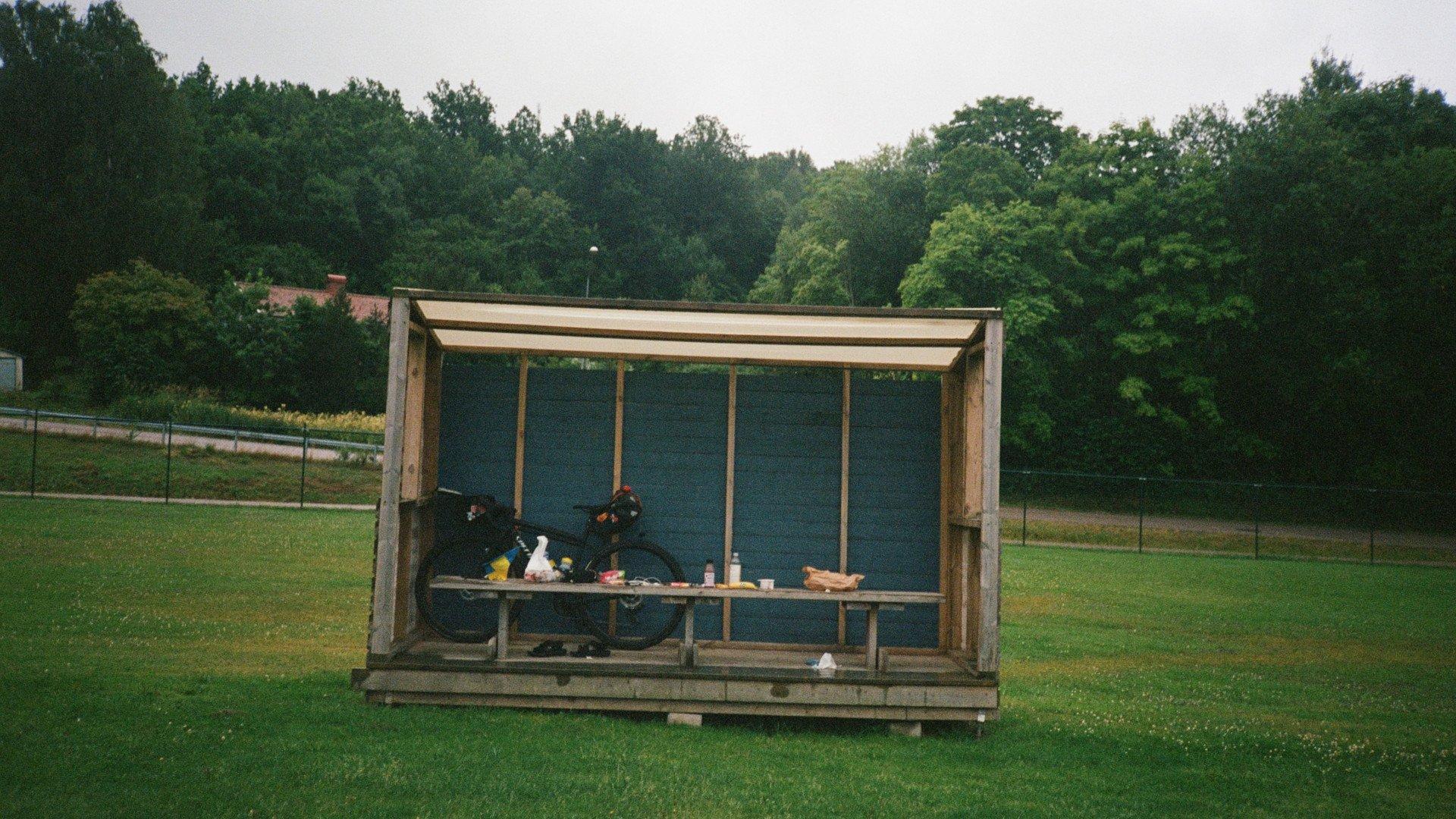
9. Small steps
A weird thing I noticed: after the first 20 km I would ride in the morning, thinking that it was only 9 times more of the same distance left, was a way more pleasant thought than riding 100 km and realising I am “only” halfway there. Mind tricks.
10. Suffering is optional
While cycling through Poland I listened to an audiobook by Haruki Murakami called “What I talk about when I talk about running”. He has a very interesting thought he writes about: “pain is inevitable, suffering is optional”. I felt very connected to this quote. At that moment, my knee was hurting, I was barely 1/3 of the way in and it seemed like I would never make it. But this quote cheered me up. Of course, I didn’t grind through the pain with a smile on my face, but realising that pain is something my body goes through one way or another, while suffering is something I can choose not to experience, or at least not to give in to it completely, made me feel hopeful. In the end, unlike many others affected by the war, who were suffering not by choice, but at the hands of others, I chose to do this trip and I had to embrace it.
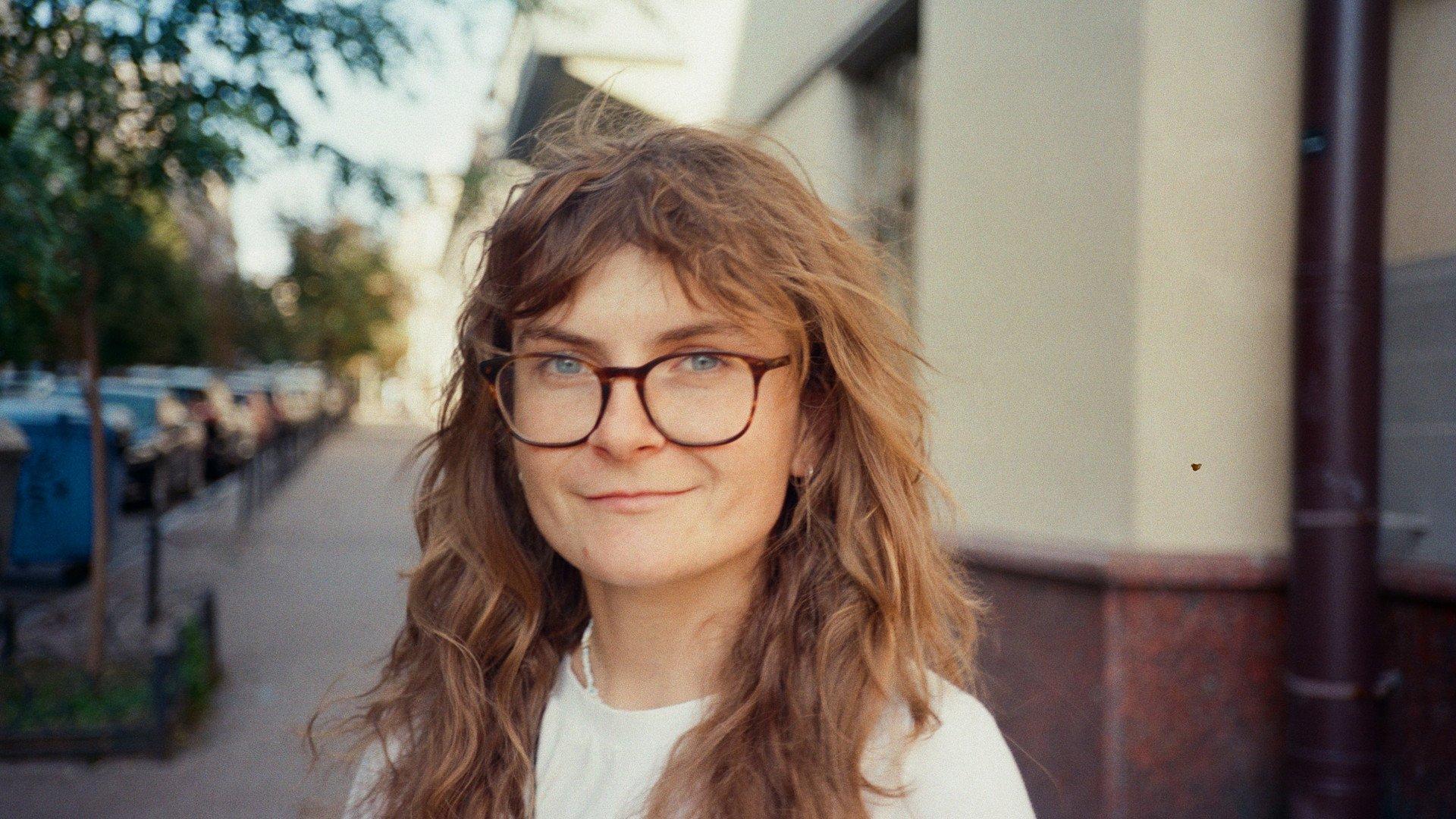

About Steff and the ride
Steff is a long-time friend of Pas Normal Studios. When she approached us with the idea of publishing the images from her rolls of film from the trip from Oslo to Kyiv we were ecstatic.
If you want to donate and help Steff and her friends rebuild homes in the Chernihiv area of Ukraine, you can find the Paypal Fundraiser here.
